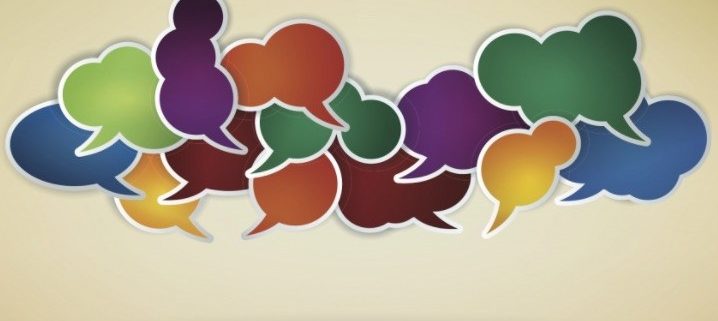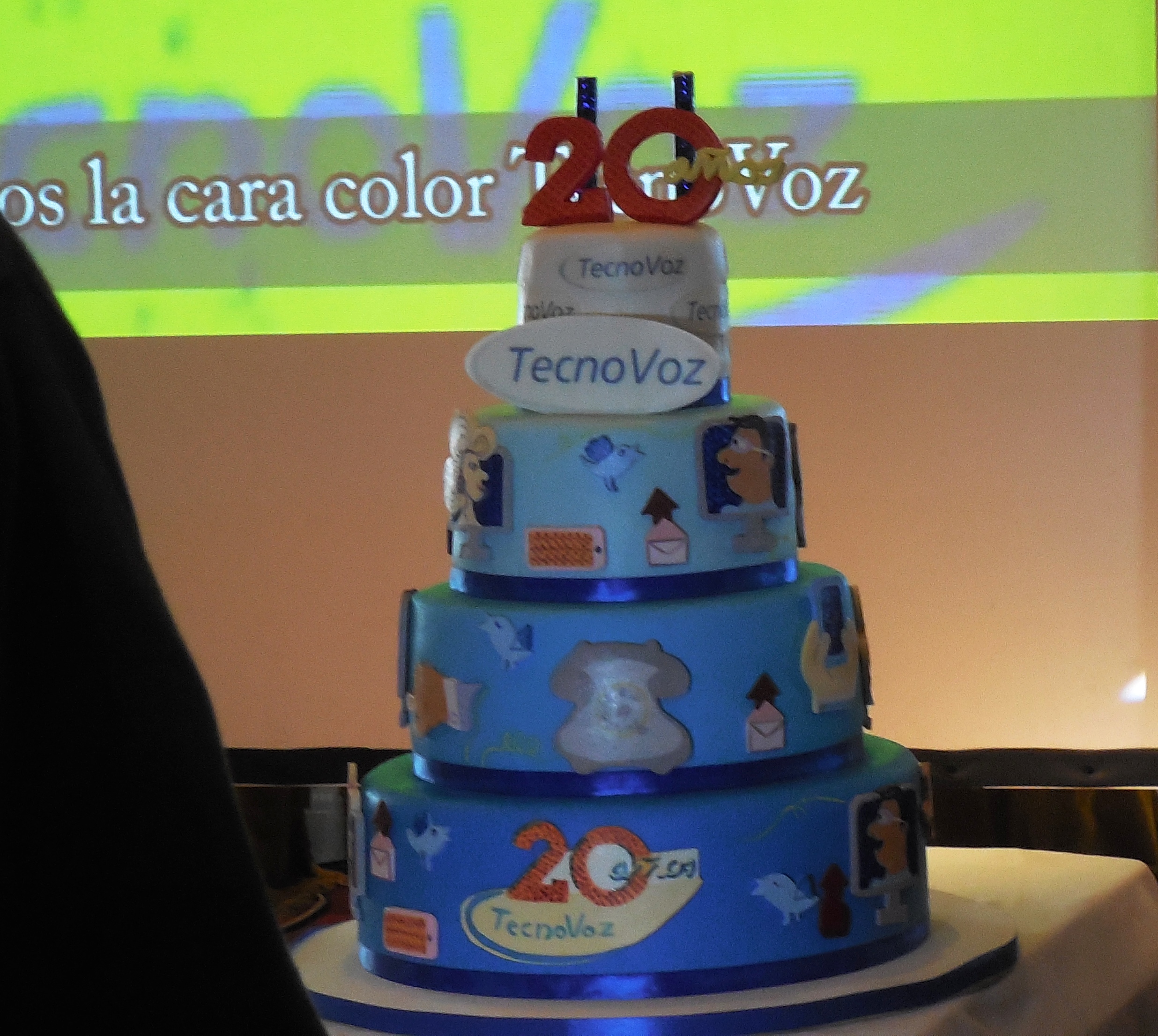¿Está preparado tu contact center para las conversaciones paralelas?
¿Cómo cambia el tipo de comunicación entre usuario y empresas? Con los smartphones y las redes sociales la gente se acostumbró a manejar varias conversaciones paralelas y a través de múltiples aplicaciones que pueden detenerse y retomarse después de varios minutos u horas. Y es evidente que, cada vez más, las personas esperan usar este estilo de comunicación con las empresas.
A esto se agregan los servicios de notificaciones con capacidades interactivas de las plataformas sociales. Sin notificaciones, el usuario debería navegar cada vez hasta su app de Instagram. En cambio, con las notificaciones, sus contactos (y cualquiera de las marcas con presencia en la red social) se acercan a él de forma proactiva en todo momento, a través de su bandeja de entrada.
Los mensajes transaccionales fueron creados para correr en una sola vía de comunicación. El usuario que compra algo en un sitio de comercio electrónico, por ejemplo, recibe un correo que confirma la operación y aunque ese mensaje probablemente incluya un link a un sitio de soporte por si llegara a quedar alguna duda, por lo general la interacción termina ahí.
Pero las notificaciones son un espécimen completamente diferente. El usuario puede responder, dejar un comentario o hacer click para ver toda la conversación. En este caso, el correo electrónico es el punto de partida para una interacción de dos vías.
Esta funcionalidad característica de las redes sociales está reconfigurando el tipo de comunicación entre empresas y clientes. Especialmente en verticales como banca, telecomunicaciones, retail, por mencionar las más obvias, y sobre todo en áreas como la atención al cliente y el marketing.
Es fundamental tener una estrategia de mensajería inteligente que permita gestionar mensajes entrantes y salientes en múltiples formatos. Algo que no es tan común en las organizaciones. Lo usual es que diferentes áreas tengan diferentes herramientas o proveedores para interactuar en distintos canales de relacionamiento y esto, por supuesto, dific ulta mucho mantener lo que se dice un diálogo coherente.
ulta mucho mantener lo que se dice un diálogo coherente.
Ya existen empresas que están creando circuitos comunicativos complejos, que incluyen algunas de estas capacidades, para automatizar procesos que usualmente dependen de un operador o de la utilización del web site de la compañía. ¿Cómo es el escenario en tu empresa? ¿Ya te preguntaste qué hacer al respecto?





